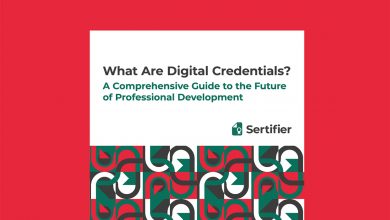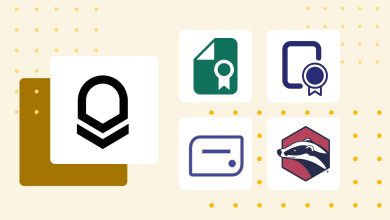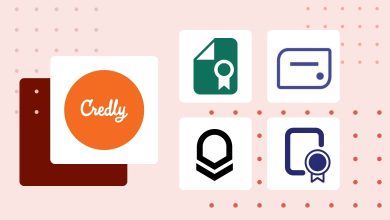The Rise of Micro-credentials: Unlocking New Opportunities
Contents
In today’s increasingly digitized world, traditional forms of certification and credentialing are being complemented and, in some cases, surpassed by the rise of Micro-credentials. They have gained significant traction across various industries and educational institutions. These virtual representations of skills, accomplishments, and knowledge provide a portable and verifiable way to showcase one’s expertise and achievements. This article explores the emergence of micro-credentials, their benefits, and the vast array of opportunities they unlock for individuals, organizations, and educational systems.
Understanding Micro-credentials
Micro-credentials have emerged as a powerful tool for recognizing and validating individuals’ skills, achievements, and knowledge in various domains. These virtual credentials provide a more detailed and comprehensive representation of an individual’s capabilities compared to traditional certifications. Understanding the key components and mechanisms behind micro-credentials is essential for harnessing their potential and leveraging the opportunities they offer.
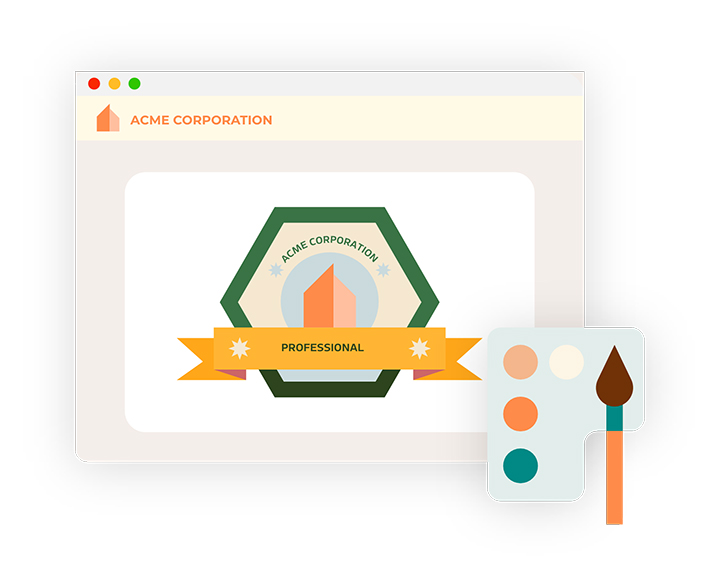
- Components of Micro-credentials
1.1. Design: Micro-credentials typically consist of visual elements, such as icons or graphics that represent the achievement or skill being recognized. The design should be visually appealing and easily recognizable to make the badge stand out.
1.2. Metadata: They are embedded with metadata that provides additional information about the credential, including the issuer, criteria for earning the credential, and evidence of achievement. This metadata is crucial for verifying the authenticity and validity of the credential.
1.3. Evidence of Achievement: To enhance the credibility of micro-credentials, they often include evidence of the individual’s accomplishment or skill. This evidence can be in the form of project samples, assessments, portfolios, or testimonials, providing tangible proof of the individual’s capabilities.
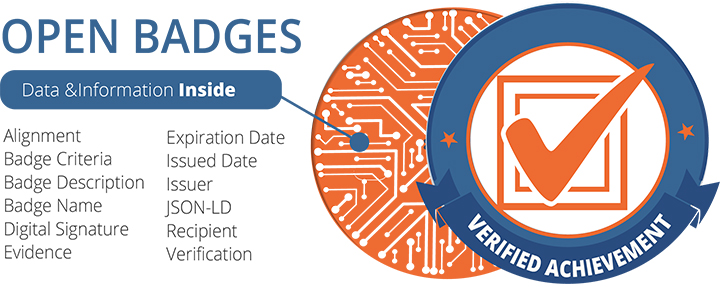
2. Issuing and Displaying
2.1. Issuing: They are typically issued by educational institutions, organizations or online platforms. The issuer sets the criteria that individuals must meet to earn the badge, ensuring that it represents a specific accomplishment or competency. Once the criteria are met, the badge is awarded to the individual.
2.2. Displaying: Micro-credentials can be displayed on various online platforms and professional networks, such as LinkedIn or personal websites. This enables easy access for potential employers, colleagues, or collaborators to view and verify the individual’s achievements.
3. Validity and Credibility of Micro-credentials
3.1. Open Standards: Micro-credentials, especially digital badges are built on open standards, ensuring interoperability and compatibility across different platforms and systems. The Open Badges specification, developed by the Mozilla Foundation, is one of the widely adopted standards.
Benefits of Micro-credentials

They offer a range of benefits for individuals, organizations, and educational institutions. These benefits include:
- Enhanced Skill Recognition: Micro-credentials provide a more detailed and granular representation of an individual’s skills and competencies compared to traditional credentials. They allow individuals to showcase specific achievements and areas of expertise, making it easier for employers and collaborators to assess their capabilities accurately.
- Portability and Accessibility: Micro credentials are easily shareable and accessible across various online platforms and professional networks. They can be displayed on personal websites, social media profiles, or digital backpacks, allowing individuals to showcase their accomplishments to a global audience. This portability enables wider visibility and recognition of skills beyond traditional geographic boundaries.
- Credibility and Validity: Micro-credentials are backed by verifiable metadata, ensuring their authenticity and credibility. The inclusion of evidence of achievement, such as project samples, assessments, or endorsements, enhances the trustworthiness of the badge. Employers and other stakeholders can independently verify the badge’s validity, providing assurance that the individual possesses the claimed skills.
- Personalized Learning Pathways: They can be used to create personalized learning pathways and support lifelong learning. Individuals can identify their skill gaps and pursue targeted learning experiences to earn specific credentials. This modular approach to education empowers individuals to take ownership of their learning journey and acquire relevant skills incrementally.
- Recognition of Informal Learning: Micro-credentials recognize learning that occurs outside formal educational settings. They validate skills acquired through online courses, workshops, volunteer work, or participation in open-source projects. This recognition of informal learning expands the range of opportunities for individuals to showcase their capabilities and promotes a more inclusive and diverse learning ecosystem.
- Bridging the Skills Gap: They have the potential to bridge the gap between education and the job market. By aligning badge criteria with industry needs, educational institutions can equip learners with job-ready skills. This alignment enhances the employability of individuals and reduces the skills gap by providing employers with a clear understanding of candidates’ proficiencies.
- Professional Advancement and Career Mobility: They offer individuals a clear pathway for professional advancement and career growth. By earning credentials in specific areas, individuals can unlock new job opportunities or transition to different roles or industries. The portable and verifiable nature of Micro-credentials enables individuals to demonstrate their skills and competencies to potential employers or clients.
- Continuous Professional Development: They support continuous professional development by encouraging individuals to pursue lifelong learning. As new skills and competencies are recognized through credentials, individuals are motivated to stay updated with emerging trends and technologies. This fosters a culture of continuous learning and adaptability, which is crucial in a rapidly evolving job market.
Micro-credentials in Education

They have gained significant traction in the field of education, transforming the way learning is recognized, assessed, and validated. Here are some key ways in which micro-credentials are being utilized in education:
- Comprehensive Skill Assessment: Micro-credentials allow educational institutions to move beyond traditional grading systems and assess students’ skills and competencies in a more comprehensive manner. Credentials can be awarded for specific achievements, such as mastering a programming language, demonstrating teamwork, or exhibiting critical thinking skills. This provides a more nuanced view of students’ abilities and encourages the development of a diverse range of skills.
- Motivation and Engagement: They serve as powerful motivators for students by providing clear goals and incentives for learning. As students work towards earning micro credentials, they are engaged in self-directed learning, setting objectives, and actively pursuing specific knowledge or skill acquisition. They also foster healthy competition and collaboration among students, creating a positive learning environment.
- Recognition of Informal Learning: Micro-credentials recognize learning that occurs outside the traditional classroom setting. Students can earn credentials for completing online courses, participating in extracurricular activities, or engaging in community service. This expands the scope of recognition, valuing diverse learning experiences and encouraging students to explore various avenues of knowledge acquisition.
- Personalized Learning Pathways: They support personalized learning by allowing students to follow their unique interests and passions. Instead of following a rigid curriculum, students can pursue credentials in specific areas of interest, creating a tailored learning path that aligns with their individual goals and aspirations. This promotes a more student-centered and learner-driven educational experience.
- Improved Assessment and Feedback: They provide a more detailed and meaningful way to assess and provide feedback on student performance. The evidence associated with credentials, such as project samples or assessments, offers tangible proof of achievement and provides a basis for constructive feedback. This enables educators to provide targeted guidance for improvement and helps students track their progress over time.
